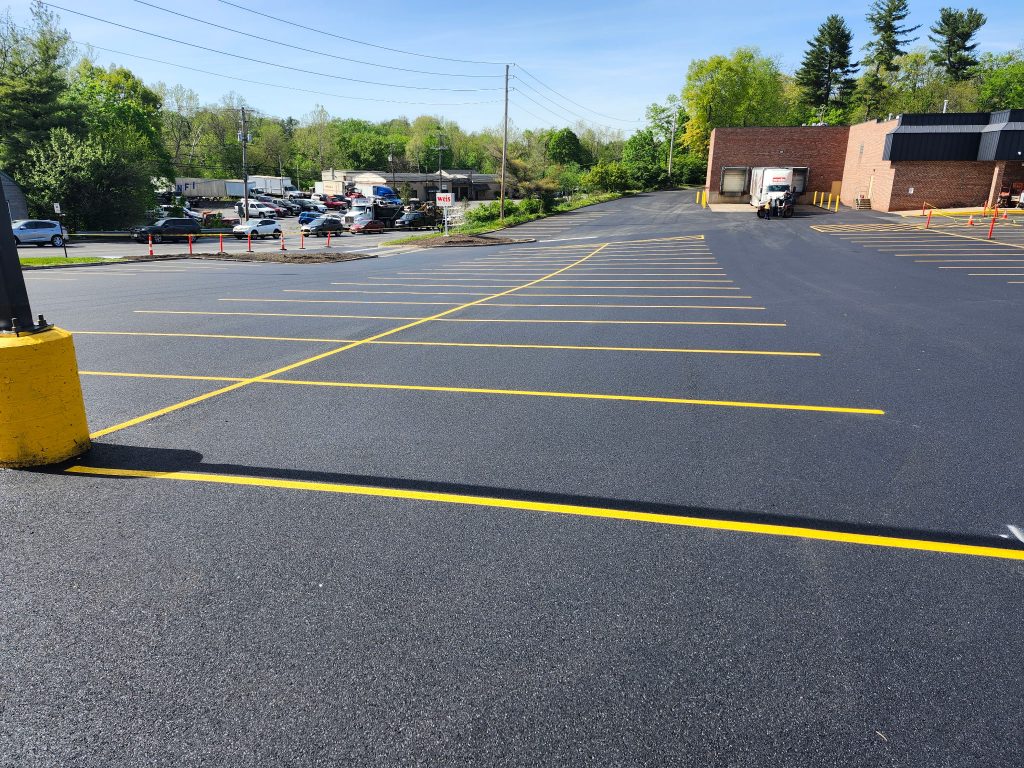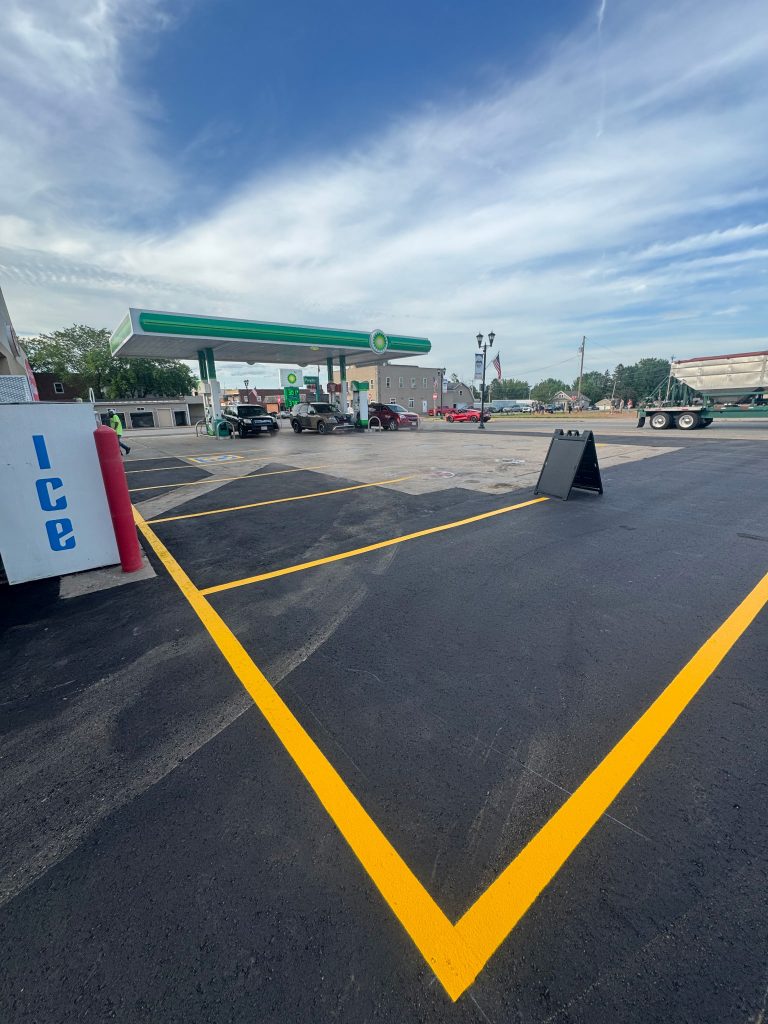With the New Year just around the corner, it is time now that property managers start working on the annual budget for the assets under their wing. While this may be an exhausting, mundane yet usual task for those overseeing this duty for a long time, first-timers are mostly left feeling stranded.
The Pavement Group offers long-wearing paving and preventive maintenance solutions to commercial clients in West Palm Beach, FL. Click here to get a free concrete pavement quote.
Getting intimidated by the task at hand is not the solution. Making a budget is taxing and requires specific know-how, but it is not rocket science, so do not worry.
To create a viable budget, it is imperative to identify and protect your pavement’s current and future needs. To do so, you need to ponder over the following questions.
What kind of damage does your pavement have?
Cracks, chips, and a faded surface are all signs of top-layer damage. Alligator cracking and depressions points towards an underlying issue with the foundation. A pothole or two can result from drainage issues or neglect, but if your pavement is riddled with potholes, then there is a foundational issue present. Therefore, the best thing to do is to get your pavement inspected by a professional.
What is the best way to repair cracks?
Cracks with a width of less than ¾ of an inch, little side deterioration, and frequent pavement movements require crack sealing. While cracks that are wider than ¾ of an inch, are deep, are left untreated for an extended period of time, and have horizontal and/or vertical movements in them that are less than 0.1 inches – non-working cracks require crack filling.
Suppose larger cracks are left unattended for an extended period of time. In that case, they allow water to get into the sub-base and weaken the foundation of your blacktop pavement resulting in potholes and other more extensive problems that require expensive repair or patching.
Do you need repaving or just resurfacing?
Resurfacing and repaving are both done when the existing pavement is badly damaged. The only difference is that in resurfacing, only the top layer(s) damaged are replaced – but in repaving, you need a full asphalt pavement replacement (removal from sub-base up and reinstallation).
Also, repaving is done when there was an improper base/sub-base installation, or there is foundational damage that is not specific to a particular area, so it cannot be fixed with patch replacement.
How old is your pavement?
Typically a well-installed and well-maintained pavement lasts up to 20 to 25 years, so find out when the pavement installation took place. If it has been over a decade, then chances are you might have to get resurfacing done.
When was the last seal coat applied?
Regular sealcoating protects your pavement against wear, tear, and weathering and keeps it looking brand new. Thus, staying on top of your sealcoating schedule will extend the life of your paved areas. An asphalt surface typically needs to be seal coated every 2 to 3 years, or more frequently in heavy traffic areas.
These were just some questions that can help you plan your budget by anticipating future asphalt projects; however, there are many more things that you need to consider. Hire a reliable contractor to inspect your asphalt pavement, give your reasonable quotes, and suggest preventive maintenance and repair solutions.
The Pavement Group provides expert concrete and asphalt paving solutions to commercial clients in West Palm Beach, FL, and other places in the U.S. Click here to get a free pavement quote.


